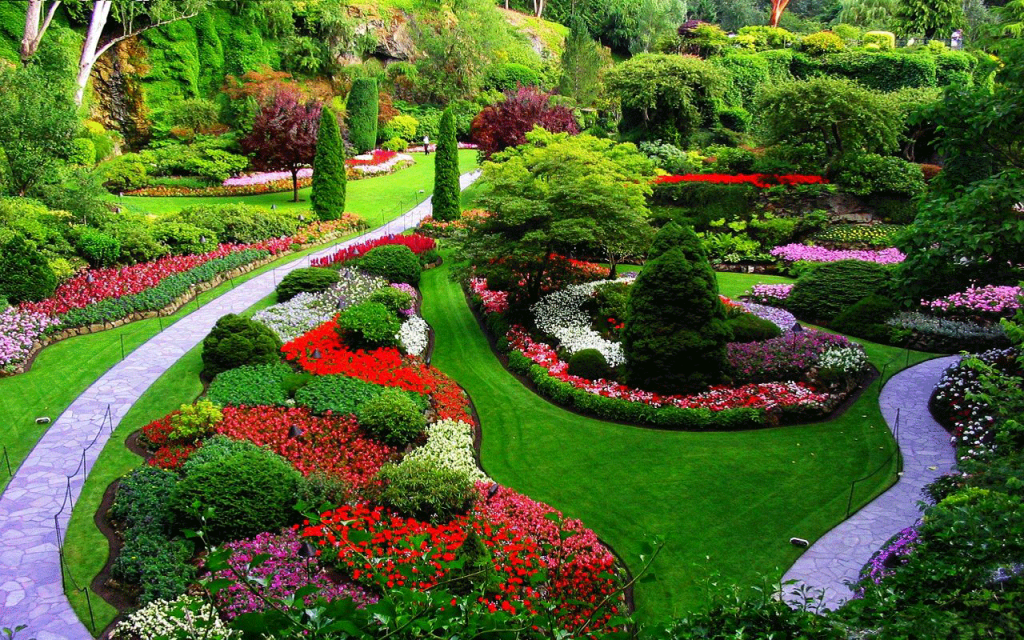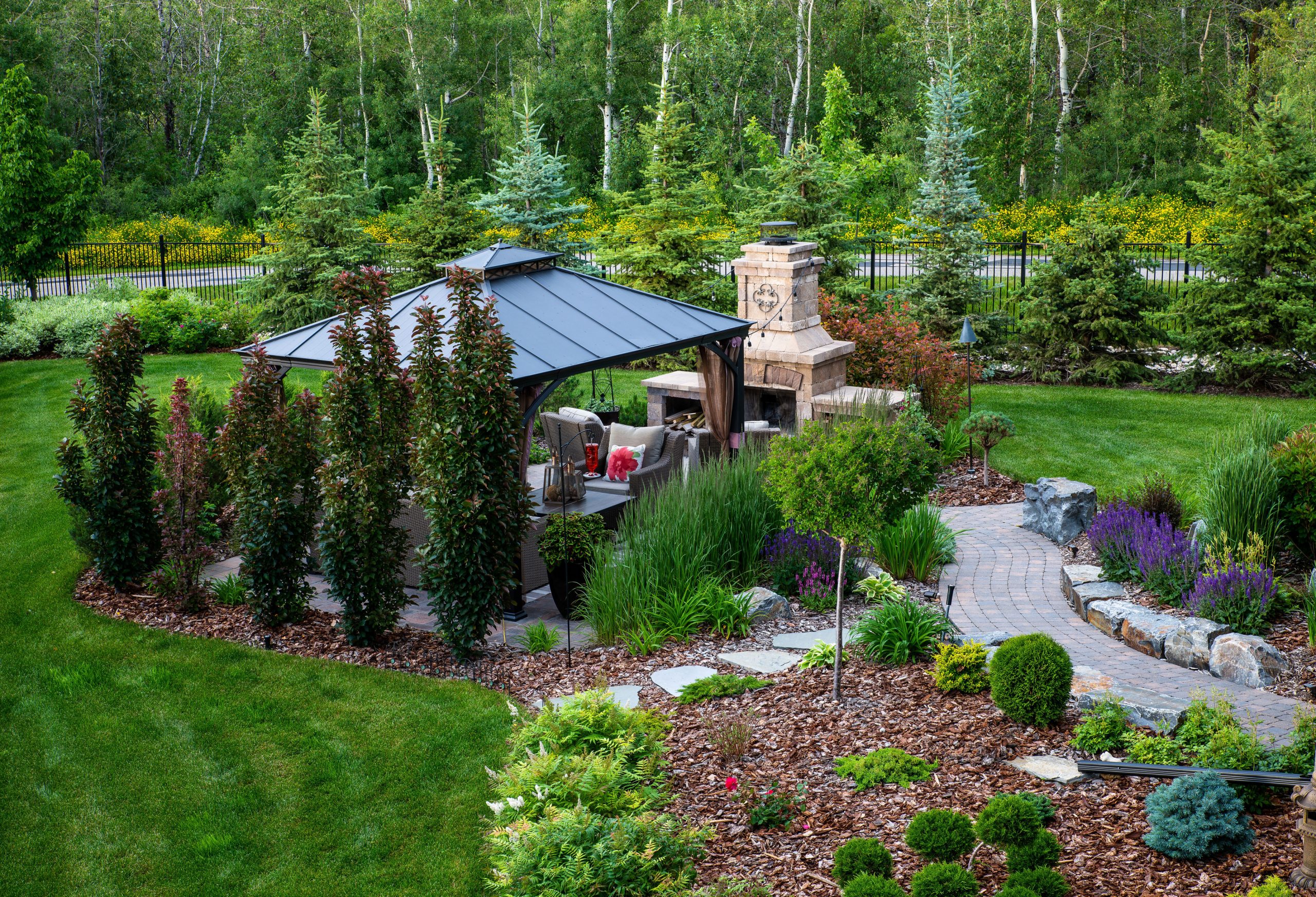Some Of Hilton Head Landscapes
An Unbiased View of Hilton Head Landscapes
Table of ContentsHow Hilton Head Landscapes can Save You Time, Stress, and Money.Hilton Head Landscapes for DummiesThe Ultimate Guide To Hilton Head LandscapesSome Known Facts About Hilton Head Landscapes.Our Hilton Head Landscapes StatementsWhat Does Hilton Head Landscapes Do?The Greatest Guide To Hilton Head Landscapes
Line creates all forms and patterns and can be made use of in a variety of means in the landscape. Line in the landscape is produced by the side in between two materials, the overview or shape of a form, or a long straight feature. Lines are a powerful device for the designer since they can be made use of to develop a boundless variety of shapes and kinds, and they control motion of the eye and the body.

Lines in the landscape. The residential or commercial properties of lines identify how people respond to the landscape, both emotionally and literally.
An Unbiased View of Hilton Head Landscapes
Straight lines are usually located in hardscape sides and material. Rounded lines create an informal, all-natural, unwinded personality that is connected a lot more with nature and asymmetrical balance. Rounded lines move the eye at a slower rate and add mystery to the area by developing hidden views. Upright lines move the eye up, making a space really feel bigger.
Vertical lines in the landscape include high, slim plant product, such as trees, or high structures, such as an arbor or a bird house on a post. Straight lines relocate the eye along the ground plane and can make a room really feel bigger. Low lines are more restrained and develop a sensation of remainder or repose.
Unknown Facts About Hilton Head Landscapes
Lines are likewise produced by the vertical kinds of developed features and plant product. There are 3 primary line kinds that produce form in the landscape: bedlines, hardscape lines, and plant lines.
Bedlines connect plant product to the home and hardscape because the eye follows the line, moving the stare through the landscape. Hardscape lines are created by the edge of the hardscape, which delineates the constructed structure. Line can also be developed by lengthy and slim products, such as a fencing or wall.
Top Guidelines Of Hilton Head Landscapes
Type is found in both hardscape and plants, and it is usually the dominant visual element that spatially arranges the landscape and usually figures out the style of the garden. The form of structures, plant beds, and garden accessories additionally figures out the general form motif of the garden. Formal, geometric forms include circles, squares, and polygons.
Plants create type in the yard through their lays out or silhouettes, but kind can additionally be defined by a void or negative space between plants - landscapers in bluffton sc (https://trello.com/w/h1tnhdlndscps). Circles can be complete circles, or they can be separated into half circles or circle sectors and integrated with lines to create arcs and tangents
Hilton Head Landscapes Fundamentals Explained
Circles are a strong style form since the eye is constantly drawn to the facility, which can be used to highlight a focal point or attach other types. Circular types in hardscape and yard panels.
The square form can likewise be segmented and pre-owned repeatedly to create a grid pattern. Unlike circles, squares are stronger on the brink, which can be lined up or overlapped to create distinct patterns and more intricate types. Polygons are many-sided forms with straight sides. Triangulars, for instance, are three-sided polygons.
Meandering lines frequently mimic the natural course of rivers or streams and can be called smooth lines with deeply rounded undulations. Twisting lines (Number 3) work well for paths, plant bedlines, and completely dry stream beds. Meandering lines can include rate of interest and mystery to a garden by leading viewers around edges to find new sights and areas.
The smart Trick of Hilton Head Landscapes That Nobody is Talking About

Common plant types are well established and standardized, as type see here now is the most constant and identifiable attribute of plants. Type can additionally be created via the massing of plants, where the overall mass develops a various kind than an individual plant.
An extremely contrasting kind has to be used with careone or two work well as a centerpiece, yet a lot of wreak havoc. Natural plant forms, rather than over-trimmed types, need to establish the mass of the structure. The importance of overall form is basically depending on the watching perspectivethe type of a tree can show up rather different to an individual standing under the cover versus checking out the tree from a range in an open area.
Some Ideas on Hilton Head Landscapes You Should Know
Plant forms also develop and specify deep space or open spaces in between the plants, creating either convex or concave forms in deep spaces. High-arching tree branches generally develop a concave open room under the branches, and a rounded canopy with reduced branches loads the room to create a convex form in the open area under the tree.
